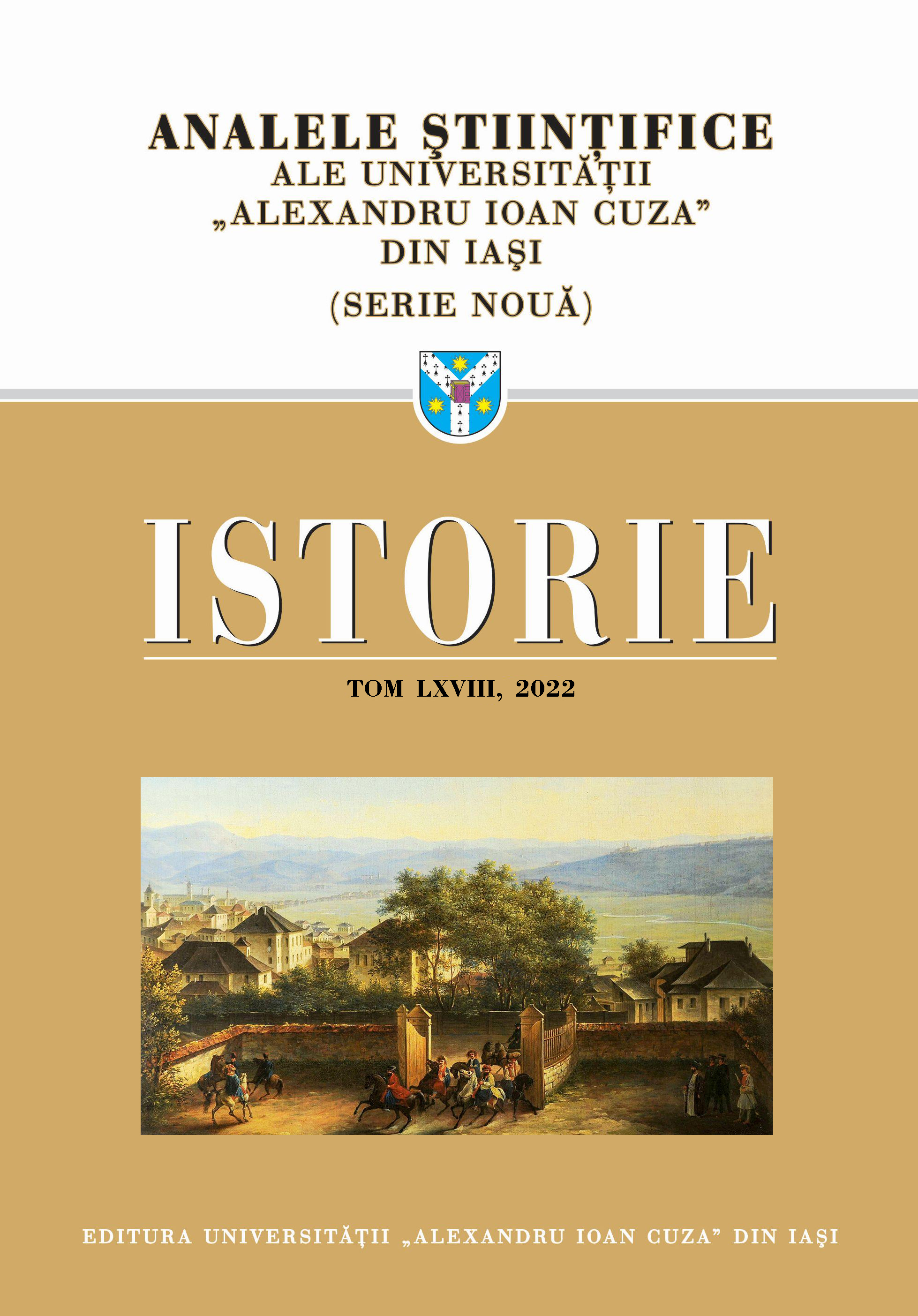Greci la Târgovişte în veacul al XVII-lea. Interferenţe istorico-arheologice
Greeks in Târgovişte in the 17th century. Historical-archaeological interferences
Author(s): Radu CarciumaruSubject(s): History, Archaeology, Economic history, Local History / Microhistory, Social history, 17th Century
Published by: Editura Universităţii »Alexandru Ioan Cuza« din Iaşi
Keywords: Greeks; merchants; Târgovişte; archaeological research; church; inn;
Summary/Abstract: The end of the 16th century and the first decades of the following century confirm the crystallization of a merchant community in the old princely residence of Târgovişte captured through the transactions carried out by characters such as Iane Zaraful, Ghinea Mustache or Fota de Târgovişte. The penetration of the Greek language and culture in the Romanian principalities is defined by the appearance of the Greek and Latin School, crowned by the presence of teachers such as Paisie Ligaridis or Ignatie Petritis, mentioned even into the work Îndreptarea Legii, printed in Târgovişte, in 1652, by Daniil Panonianul. On the direct involvement of a Greek in the life of Târgovişte, as a representative of the central power, we have the example of the Pascale, who in the last two decades of the 17th century will create a real domain here, under the protection of prince Constantin Brâncoveanu. At the beginning of the 21st century, archaeological research brought back the question of the presence of this ethnic group in the old town, without attempting to correlate the discovery with historical-documentary data. In the area of the Târgovişte town hall, a construction that seemed to belong to the 16th-17th centuries was discovered in 2005. It was called the Church of the Greeks, based on a mention here of a place once called the mahalle of the Greeks. Without trying to deny the importance of foreign merchants in the economic and political life of Târgoviste, in the present study we underline the inconsistencies that appeared in the archaeological surveys, which raise serious problems regarding the chronological framing and functionality of this building.
Journal: Analele Ştiinţifice ale Universităţii »Alexandru Ioan Cuza« din Iaşi. Istorie
- Issue Year: 2022
- Issue No: 68
- Page Range: 197-210
- Page Count: 14
- Language: Romanian

